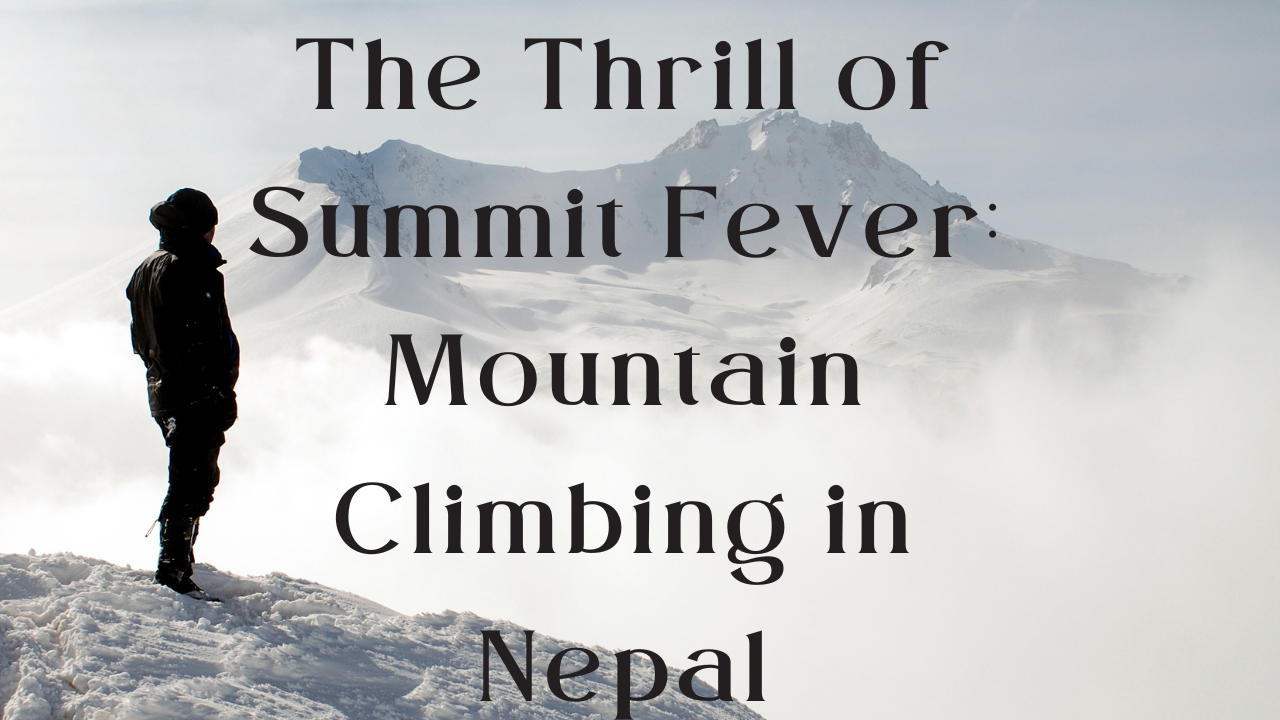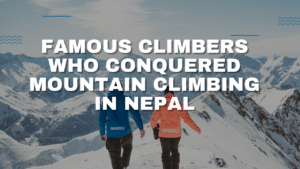The Himalayas have a captivating quality. Nepal is more than simply a nation to climbers; it’s a dream. Summit fever is a strong force that accompanies that goal. It’s the nearly overpowering desire to succeed at any costs. It’s referred to as a climber’s biggest curse by some, and their greatest motivator by others. When it comes to mountain climbing in Nepal, this intense passion and determination are what drive adventurers to conquer some of the world’s highest peaks.
Table of Contents
The Allure of Nepal’s Himalayas
Nepal is the ultimate mountaineer’s paradise, home to eight of the top 14 peaks in the world. While Everest may garner most of the attention, the Annapurna range, Makalu, and Manaslu present equally stunning obstacles. The mountains of Nepal have a spiritual aura that extends beyond their summits. Many climbers regard mountain climbing in Nepal as a spiritual awakening rather than just a physical adventure.
Understanding Summit Fever
Summit fever isn’t a medical condition—it’s psychological. It’s the inner voice whispering, “You’ve come this far, don’t stop now.” The problem? Sometimes that voice drowns out reason. Pushing forward despite dangerous weather, fatigue, or illness has cost many climbers their lives. The difference between a safe return and tragedy often lies in recognizing when determination turns into obsession.
Famous Peaks in Nepal
Mount Everest (8,848m)
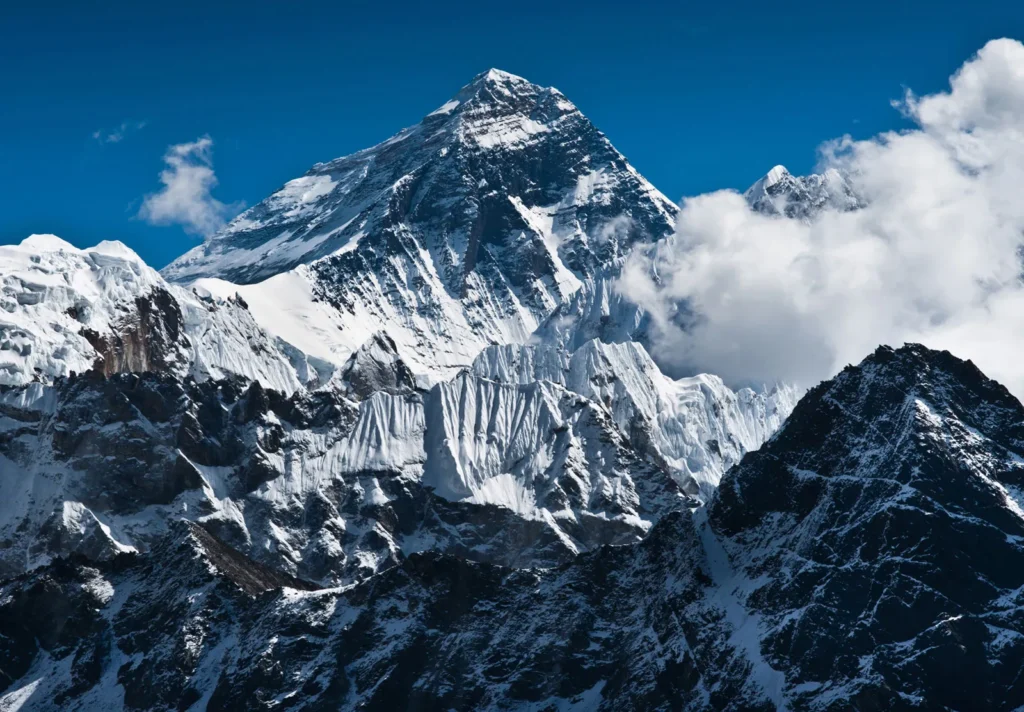
The crown jewel of mountaineering, Everest is every climber’s dream. But the “roof of the world” demands respect—thin air, freezing winds, and treacherous ice make it a deadly challenge.
Lhotse (8,516m)
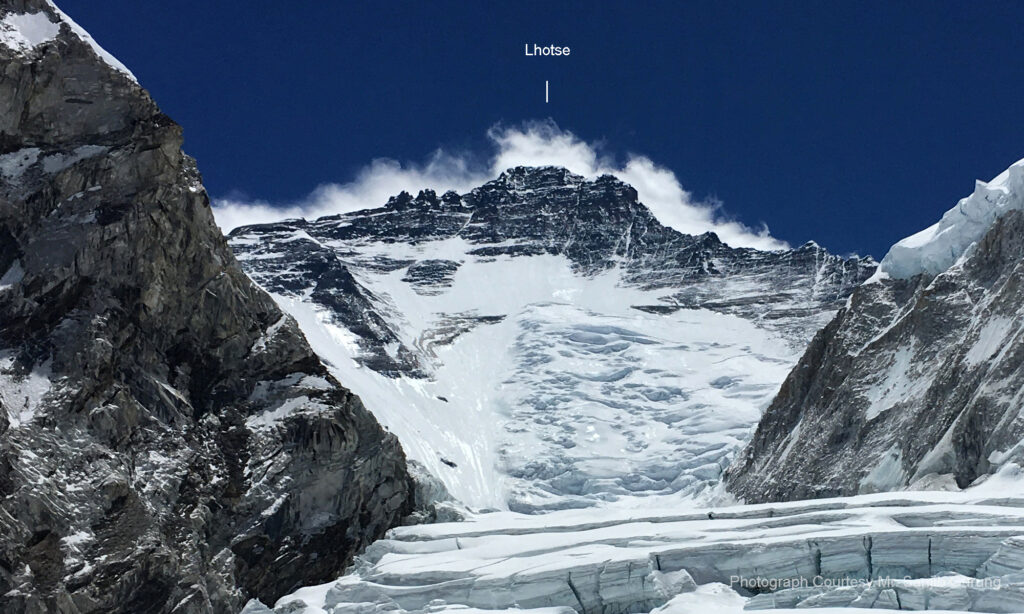
Everest’s quieter sibling, Lhotse shares the same route for much of the climb but offers its own unique dangers with sharp ridges and steep walls.
Makalu (8,485m)
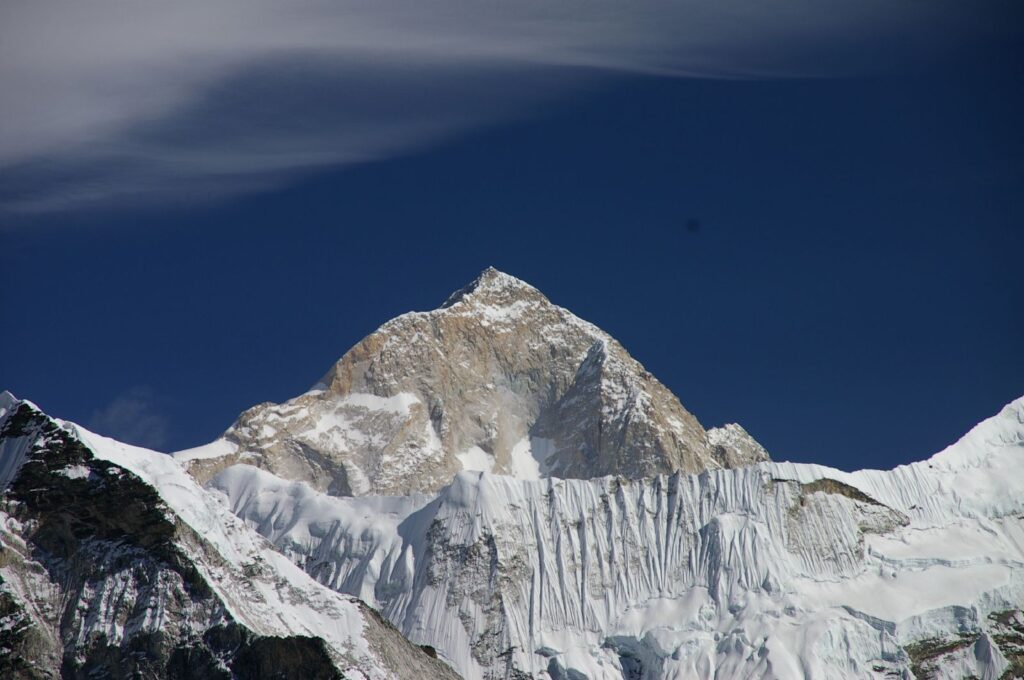
Known for its pyramid-shaped peak, Makalu is both beautiful and brutal. It’s technically demanding and far less crowded, attracting elite climbers.
Annapurna (8,091m)
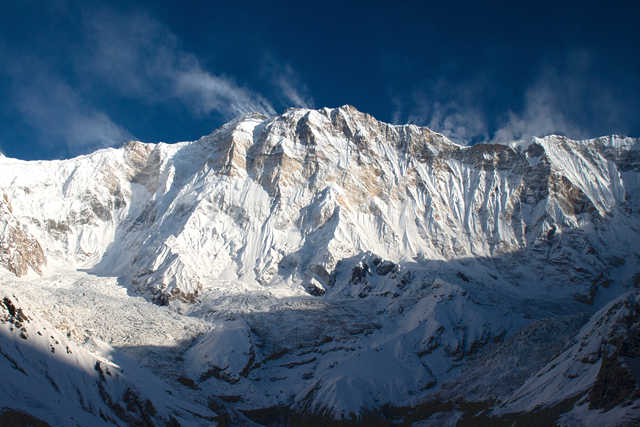
Annapurna is notorious for having one of the highest percentages of 8,000er fatalities. Nevertheless, explorers are still drawn to its stunning scenery.
Manaslu (8,163m)
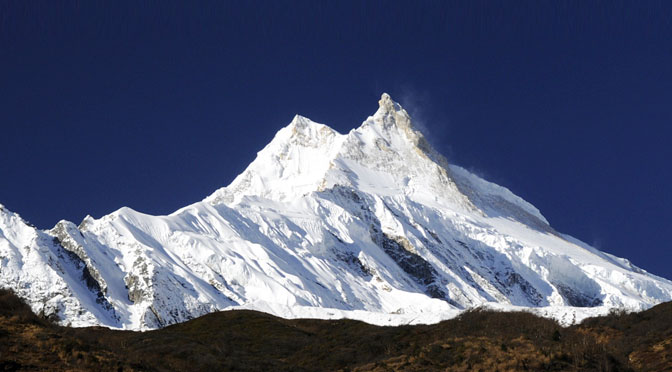
Often called the “mountain of the spirit,” Manaslu has grown in popularity, offering a slightly less crowded but equally rewarding climb.
The Climber’s Journey
Preparation and Training
A climb in the Himalayas requires months or even years of preparation. The important components are altitude simulation, strength, endurance, and cardio.
Choosing a Trekking Agency
A good agency can mean the difference between safety and disaster. They handle logistics, permits, and guides, ensuring climbers are supported.
The Role of Sherpas
Sherpas are the unsung heroes of Nepalese mountaineering. Their knowledge of the terrain and physical resilience make them indispensable. Many climbers would never reach the summit without their guidance.
Risks of Summit Fever
Altitude Sickness
The higher you go, the thinner the air. Headaches, nausea, and confusion are warning signs—ignore them, and it can be fatal.
Harsh Weather Conditions
A sunny morning can turn into a deadly blizzard by afternoon. Weather in the Himalayas is as unpredictable as it is unforgiving.
Overcrowding on Routes
Everest, in particular, has seen “traffic jams” near the summit. Waiting in freezing winds drains oxygen and increases risks dramatically.
Ignoring Safety Warnings
Perhaps the biggest danger of summit fever is stubbornness. Climbers who ignore turnaround times often pay the ultimate price.
Iconic Stories of Summit Fever
Everest’s history is filled with both triumph and tragedy. From George Mallory’s mysterious disappearance in 1924 to the 1996 Everest disaster, summit fever has shaped many stories. On the other hand, tales of climbers turning back to save others remind us of the human spirit’s resilience.
Balancing Passion with Caution
The best climbers know one truth: reaching the top is optional, coming back is mandatory. Recognizing when to turn back doesn’t make you weak—it makes you wise.
The Role of Technology in Climbing
Modern gear has changed the game. GPS, satellite phones, oxygen systems, and advanced clothing have improved survival rates. Still, technology can’t replace judgment.
The Sherpa Legacy
Sherpas carry more than loads—they carry history. Many risk their lives for climbers, often without recognition. Their contribution is woven into the very fabric of Himalayan mountaineering.
Environmental Impact of Climbing
Sadly, Everest and other peaks are also home to litter, oxygen canisters, and even abandoned bodies. Thankfully, clean-up campaigns and eco-conscious trekking practices are gaining momentum.
Why People Risk It All
So why climb at all? For many, it’s about pushing human limits. For others, it’s the beauty, the challenge, or simply proving to themselves that they can. Summit fever may be dangerous, but it’s also what makes humans reach for the impossible.
Alternatives for Adventure Seekers
Not ready to risk an 8,000-meter peak? Nepal has incredible trekking routes like the Everest Base Camp Trek, Annapurna Circuit, and Langtang Valley. These treks offer jaw-dropping scenery without extreme danger.
Preparing for Your First Climb in Nepal
Pack wisely—layered clothing, sturdy boots, oxygen support, and mental grit are essential. But above all, go with humility. The mountains decide who reaches the top.
Also visit:
The Best Beaches in Florida for Photographers
The Best Beaches in Florida for Bird Watching
The Best Beaches in Florida for Fishing Adventures
The Best Beaches in Florida for Nightlife and Entertainment
Conclusion
Summit fever is both a climber’s fuel and their downfall. Nepal’s peaks lure thousands each year with promises of glory and breathtaking views. But the mountains demand respect. The thrill of the summit is unforgettable, but the true victory lies in returning safely to tell the tale. Mountain climbing in Nepal embodies this delicate balance between ambition and caution, making every successful expedition a profound achievement.

